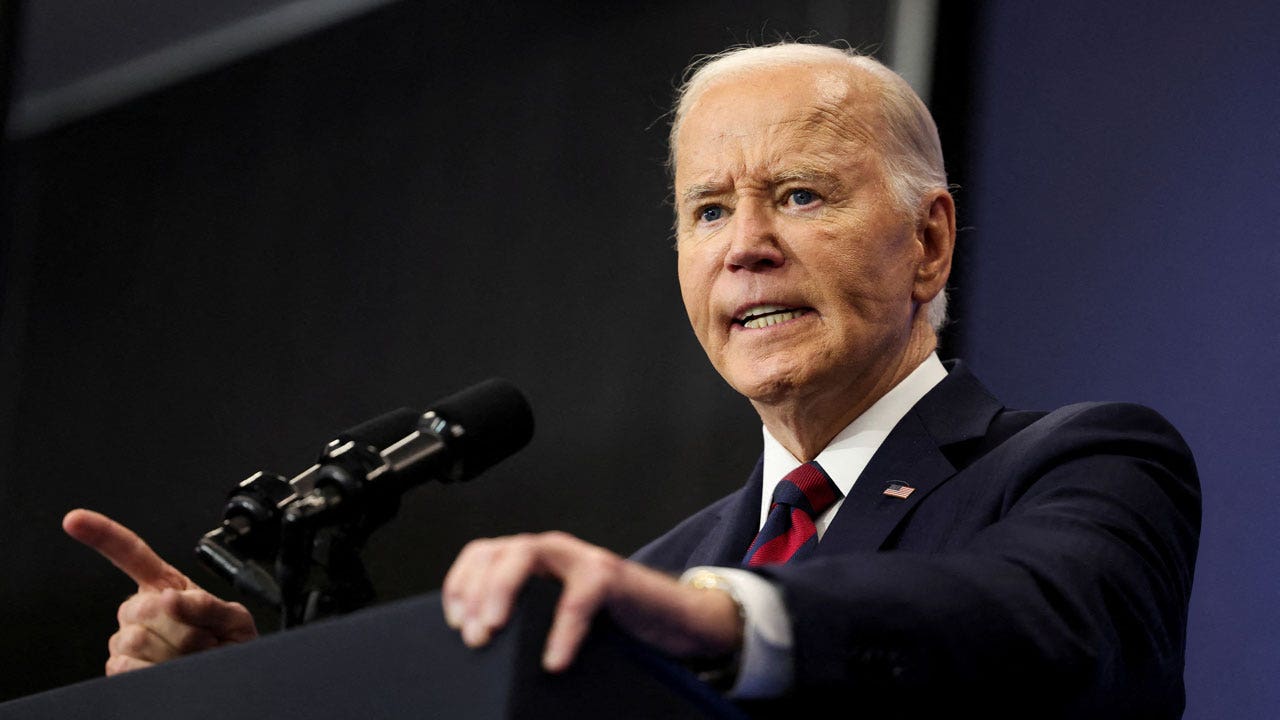STUFF
Aged care facilities help people cope when they are too old to look after themselves, but private aged care providers say government is underfunding the sector.
Somewhere from 800 to 1000 beds have been lost from the aged care sector this year, says Jeremy Nicoll, chief executive of retirement village and aged care company Arvida Group.
“People can’t find staff, or can’t afford to pay them what they are being paid elsewhere,” Nicoll said.
Aged care providers have been hit by staff cost increases, and general cost inflation, he said, but government-funding for the sector had not kept up.
A report released on Monday by the Aged Care Matters, a movement of members of the New Zealand Aged Care Association, said government spending on aged care appeared to be low compared to other OECD countries.
READ MORE:
* Aged care on life support ahead of Budget Day
* Aged care sector ‘in crisis’ with more than 1000 registered nurses needed across the country
* Retirement villages are booming, while aged care homes face a staffing crisis over nurses’ pay, forcing the closure of more than 400 beds
The report, by independent economics consultancy NZIER, prompted calls for the two-decade old funding system to be reviewed.
Norah Barlow, Aged Care Matters’ convenor and Heritage Lifecare chief executive, said: “Our public health system relies on the availability of beds in the aged care sector to meet the current needs of people who cannot live independently or need palliative end-of-life care.”
Private businesses and charities contract with health boards to provide these aged care beds, and the cost of a person’s stay in aged care is met by either government rest-home subsidies, or from their own private wealth, or a mixture of both.
New Zealand first introduced a state pension in 1898 at age 65 for the poor. Just over 120 years later the pension age is 65, and NZ Super is for everyone.
The NZIER report found underfunding by the government meant there was little incentive for existing aged care providers to increase investment in new beds or facilities.
“This raises the risk that the number of beds available will plateau or even start to fall significantly at a time when demand for aged care will increase, given the ageing population,” NZIER economists Philippa Miller Moore and Christina Leung said.
If access to private aged residential care services did not keep up with demand for aged care, the burden of care for New Zealand’s ageing population would fall on other parts of the healthcare system, the report said.
Alden Williams
Norah Barlow, Norah Barlow, Aged Care Matters’ convenor and Heritage Lifecare chief executive, is calling on a review of aged care funding.
Wealthier individuals could afford care, which people often fund from equity in their homes. Often this was by entering retirement villages, which also offered aged care rooms.
But with homeownership dropping, an increasing proportion of people would not be able to tap the equity in their homes to pay for aged care.
“We’re seeing retirement villages building more occupational rights agreement beds, but only some villages have a resident population willing to pay for a higher level of care than the basic care mandated by the current funding system,” Barlow said.
“The current government funding model needs to be improved to create the incentives for retirement villages to maintain facilities and beds.”
“The aged care sector has actively tried to engage with the Government about its broken funding model, but frustratingly we have not seen any work to address issues raised in the review the Ministry of Health commissioned in 2017,” Barlow said.
NZIER concluded the West Coast, Northland, Whanganui and Tairāwhiti were likely to be left further behind than other regions in the coming decade.





















Discussion about this post